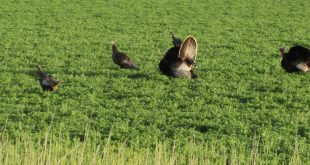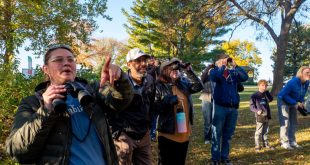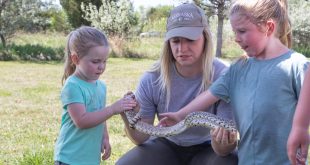A camping trip is not complete without spending some time around a campfire in the evening.
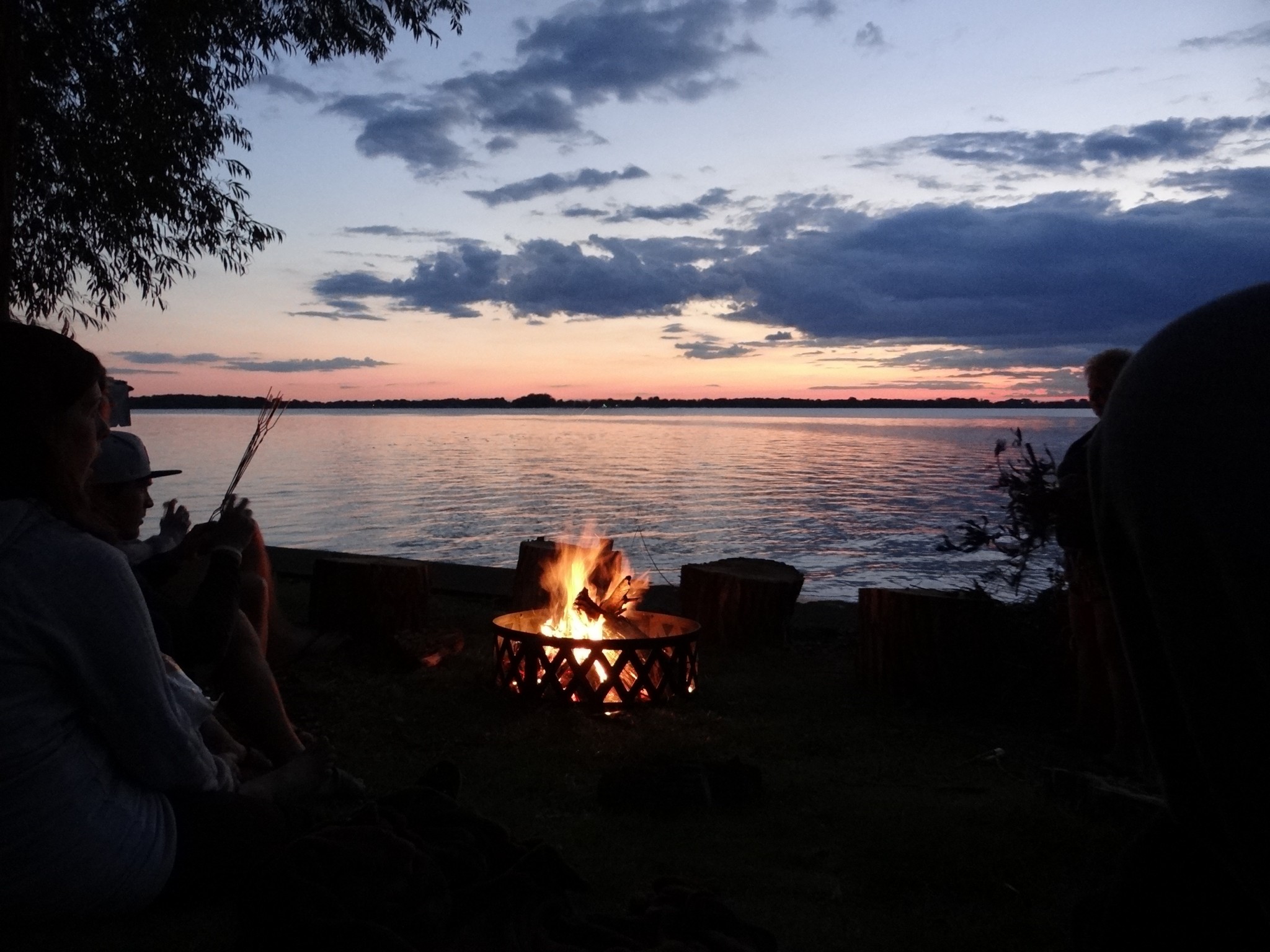
Swapping stories and roasting marshmallows to make s’mores is all part of it!
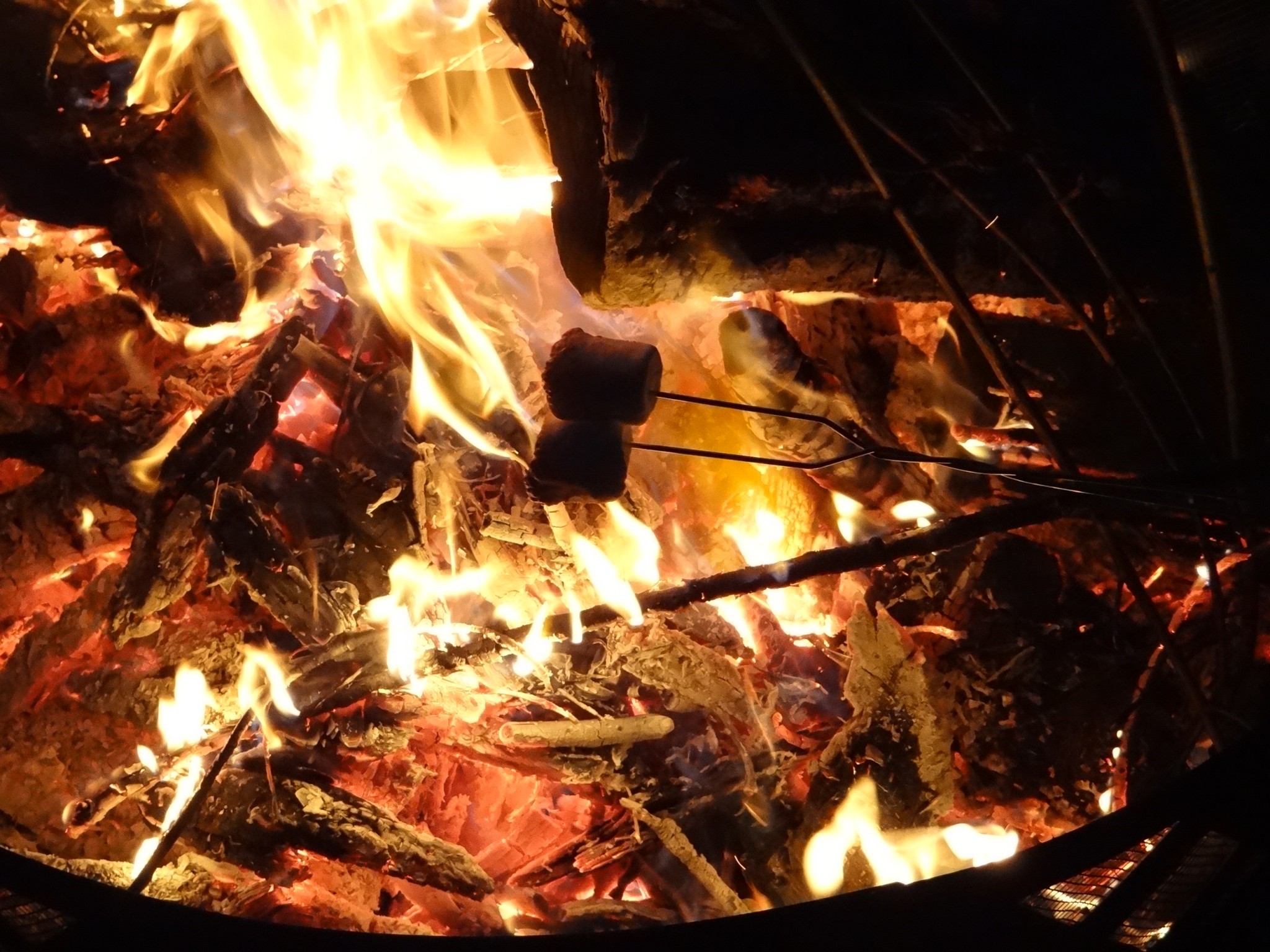
There is no question that a campfire provides the backdrop for lots of outdoor fun and camaraderie. But, if folks are careless, those campfires can ignite a damaging wildfire or severely injury a person.
So, what do you need to know about campfires?
First, we have some ground to cover (no pun intended).
The U. S. Forest Service continuously studies wildfires across the nation and its most recent study of fires demonstrated how dangerous and frequent wildfires are. Interestingly, nine out of ten wildfires are caused by humans! What’s even more interesting is that improperly doused or misplaced fires are one of the leading causes of wildfires.
In the Nebraska state park lands and wildlife management areas, for example, open fires on the ground are not allowed. You must use existing fireplaces, fire rings, grates and grills that are furnished. Contained units such as small portable charcoal or propane grills that do not cause damage to grass or vegetation are permitted.
Now, let’s address campfire safety.
According to the U. S. Forest Service, the most common issue associated with campfires and people, does not happen when a fire is actively burning, but when it has been improperly extinguished. In fact, research shows that more than 80 percent of campfire injuries among children are from day-old campfires. Statistics also show that most campfire burns are caused by embers rather than flames. The forest service recommends a four-step method to be used when extinguishing a campfire: Water, Dirt, Stir, and Feel.
Here’s how it is done.
Pour some water on the fire to extinguish the flames. Then, take a shovel, reach in with the blade to mix and separate the logs and the burning material. Next, don’t touch any of the material, but use the back of your hand near the fire to feel for any heat. If felt, more water needs to be added. Mix the water and the soil into whatever area is still hot. The campfire needs to look like a real watery, soupy mess.
For individuals, a report from the United States Fire Administration indicates that summer is one of the most dangerous seasons for fire-related injuries and deaths. Fortunately, there are plenty of ways to protect yourself and your loved ones while still having a great time.
Here are some general guidelines to follow for campfires:
- Follow all rules and regulations for the public lands where you plan to build your campfire. Note any burn bans or fire restrictions that may be in place. Use existing fire rings where available. Do not cut live trees for firewood!
- Prevent the spread of harmful, invasive pests such as the emerald ash borer beetle by acquiring firewood within 50 miles of your destination and burning all of it rather than transporting it to another location.
- Know the weather forecast. A campfire can spread with a gust of wind or even a small breeze.
- Check the surroundings. Sweep away any litter and flammable material within a 10-foot diameter circle to prevent a campfire from spreading. Make sure there are no overhanging limbs and the campfire is away from grass, brush and tents. Find a level spot. Keep away from the base of a hill. Escaped fires travel uphill fast. Hollow out a fire pit about 6 inches deep and 2 feet across at the center of the cleared circle. Pile the dirt around the fire pit.
- Campfires should be less than 3 feet high and 4 feet in diameter.
- When building a campfire, start with dry twigs and small sticks, no lighter fluid. Add larger sticks as the fire builds up. Put the largest pieces of wood on last, pointing them toward the center of the fire, and gradually push them into the flames.
- Only charcoal or untreated wood should be used as fuel. A bed of coals or a small fire surrounded by rocks provides significant heat.
- Keep plenty of water in a bucket nearby and have a shovel handy for throwing sand or dirt on the fire if it gets out of control.
- Hold a match until it is cold to be sure the flame is out.
- Never leave a campfire unattended and do not allow small children or pets near the fire.
- Only a responsible adult tends to the campfire.
- Use long sticks or skewers to roast hot dogs and marshmallows.
- Douse a campfire with water to be sure all embers, coals, and sticks are wet. If water is unavailable, use sand or dirt. Never bury coals, because they can smolder and spark a fire.
- Move rocks to make sure there are no burning embers beneath them. Stir the remains, add more water, and stir them again.
- It is important to make sure that all members of your family know to “Stop, Drop, and Roll” if an article of clothing ever catches on fire. Instead of just talking about it to young children, practice the steps together.
More information
The U.S. Forest Service has more information about campfire safety.
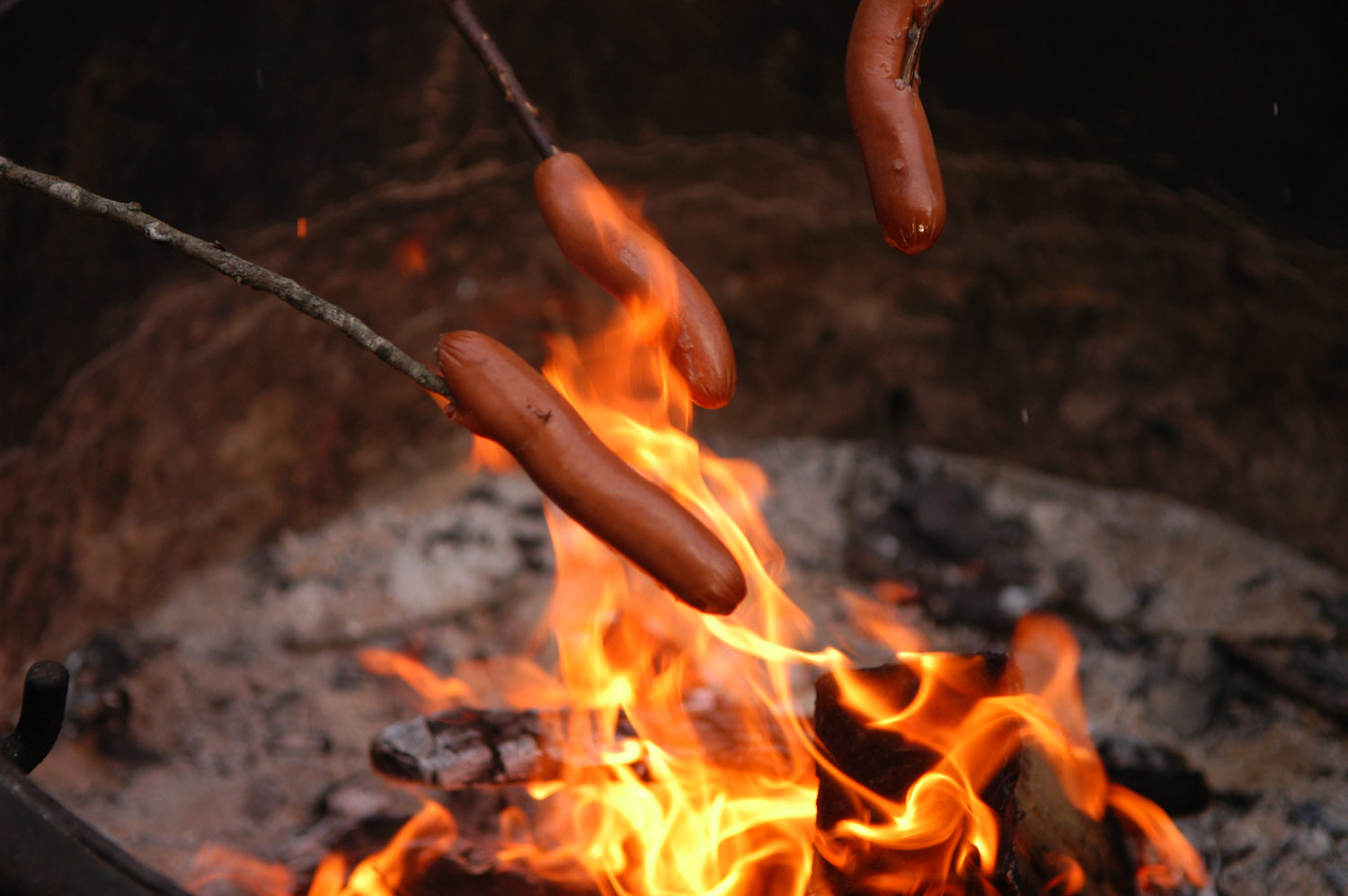
 Nebraskaland Magazine
Nebraskaland Magazine
